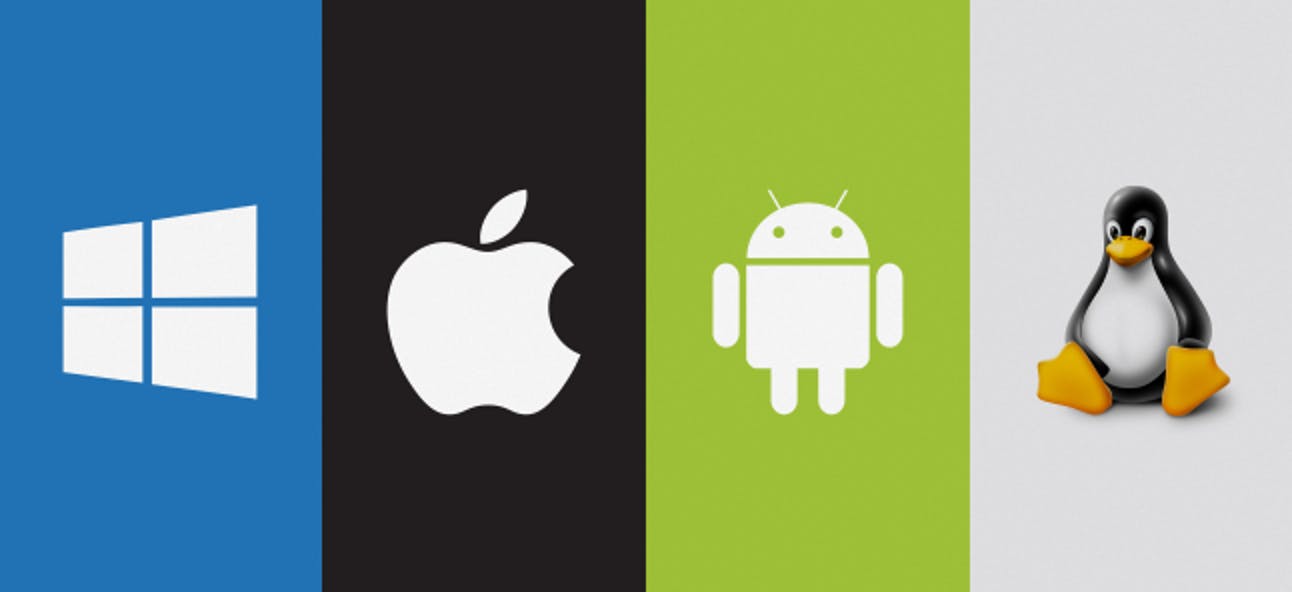The world of operating systems (OS) can be a confusing one, with so many different options available it's hard to know which one is right for you. But have you ever stopped to wonder why there are so many different operating systems in the first place? Let's look at the history of operating systems and how we ended up with such a diverse landscape.
In the early days of computing, each machine had its own unique OS due to the varying hardware. This meant that users had to install specific drivers in order to operate their computers, which could be a tedious process. To make things easier, hardware manufacturers developed drivers that could be installed on different OSes, allowing people to use any OS on any device as long as they had the correct drivers installed.
As technology progressed, OSes began publishing their specifications for hardware manufacturers. This led to the standardization of hardware and the creation of plug-and-play devices, where users could simply plug in their hardware and it would be automatically recognized by the OS. However, it's still important to check with your device's brand community before installing a new OS, as not all OSes may be supported on all devices.
One example of a popular OS that has contributed to the diversity of options available is Linux. Linux is a free and customizable alternative to Unix, which was originally designed for system administration tasks. It uses a kernel, or a software component that communicates with the system's hardware, to allow the OS to function on a wide range of devices. This flexibility has led to the creation of many different Linux distributions, or versions of the OS with different features and customization options.
To end this, the proliferation of operating systems can be traced back to the early days of computing, when the unique hardware of each machine required a specific OS. As the technology evolved and hardware became standardized, people began creating their own OSes using the Linux kernel, which allowed for greater customization and led to the wide variety of OS options available today.
